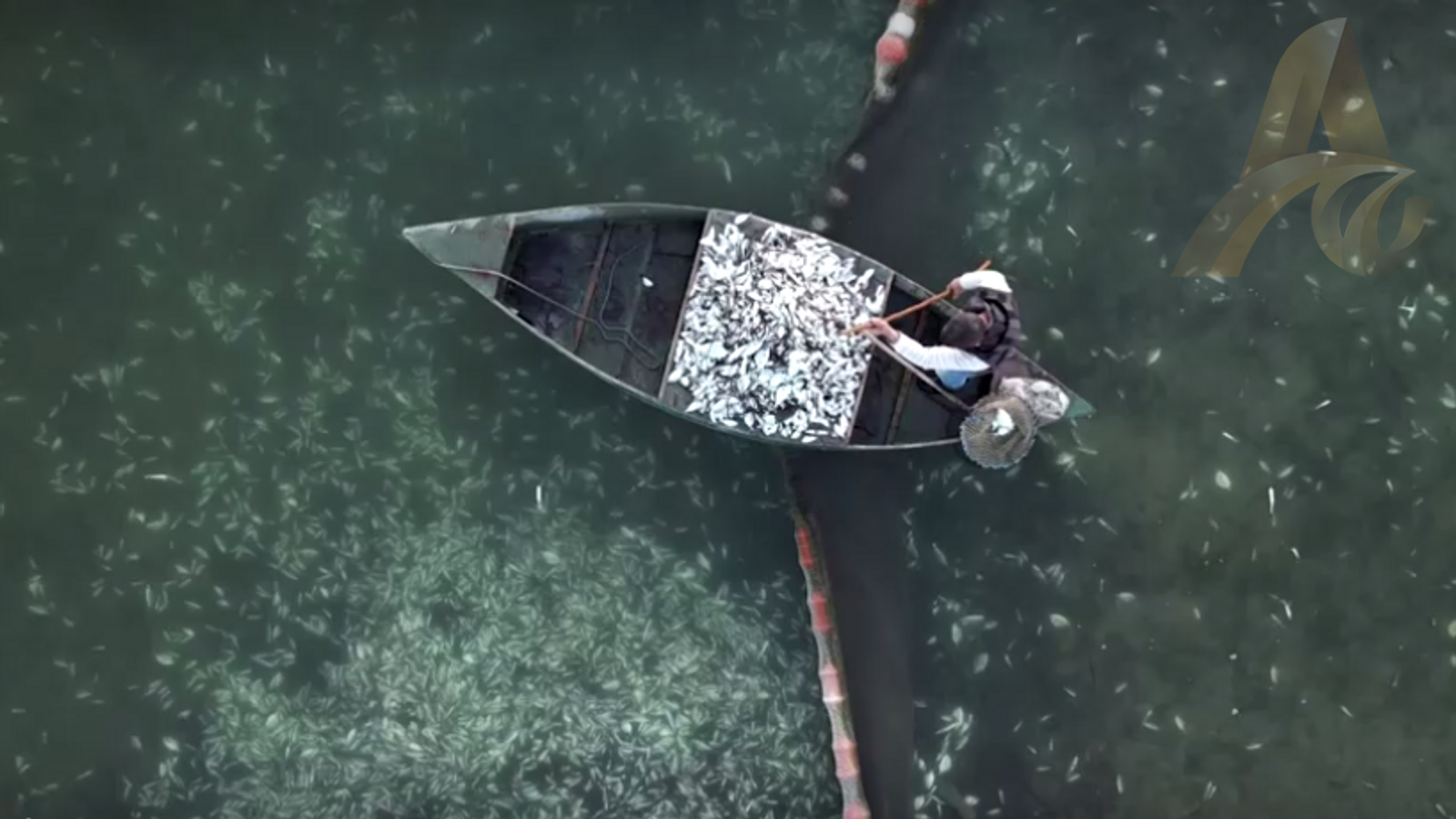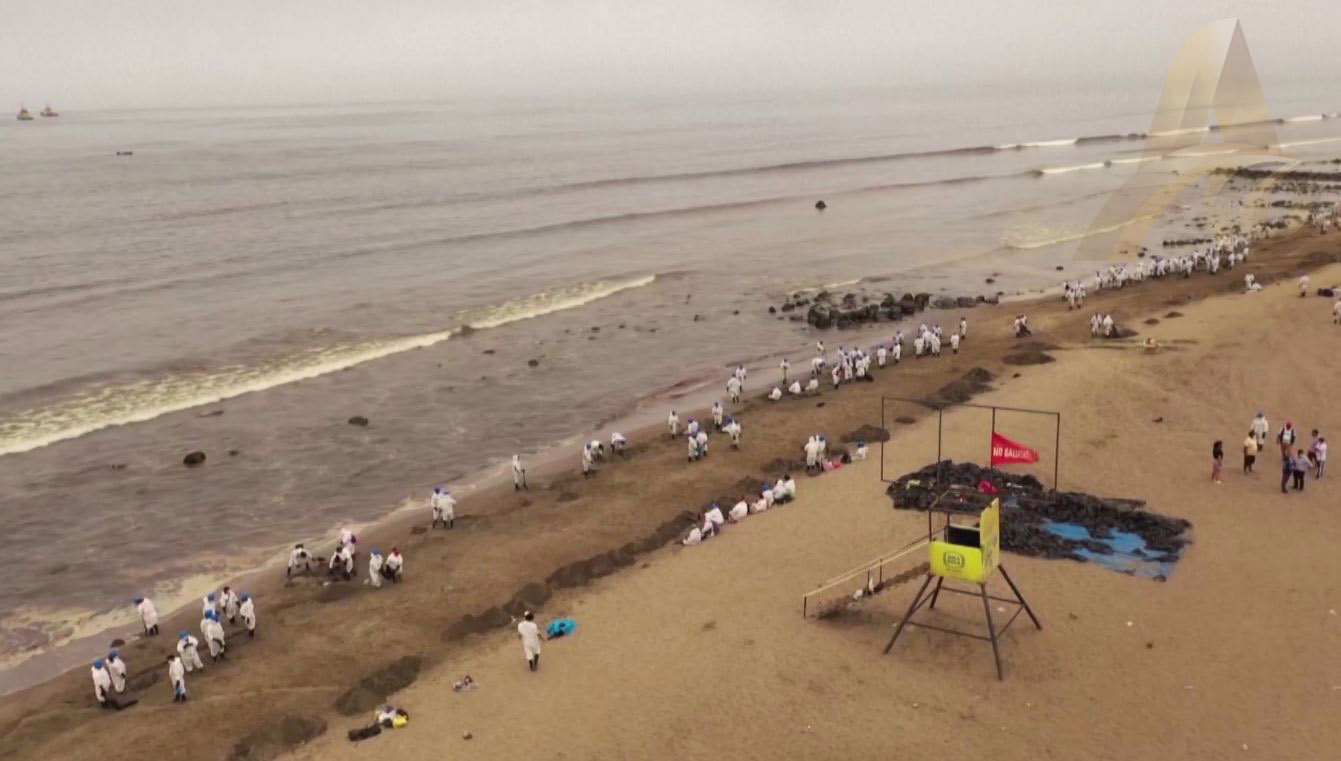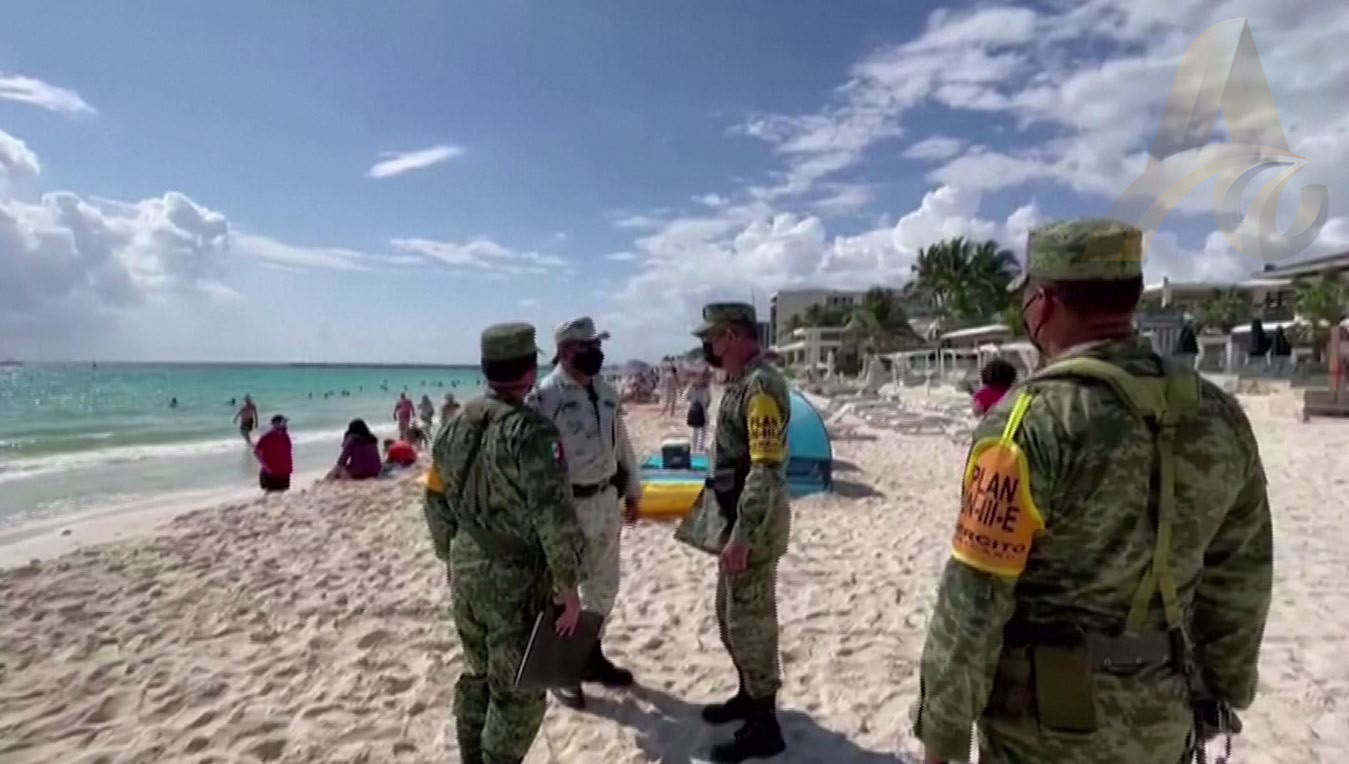New Oil Leak Occurs at a Refinery Near Peru’s Capital
INTERNATIONAL: A new oil leak has occurred at a refinery near Peru's capital Lima on Tuesday during cleanup of the January 15 major spill, according to the Environmental Assessment and Control Agency under the Environment Ministry.
There's been a fresh oil leak at a refinery off the coast of Peru. Authorities say it happened during work on an underwater pipeline at the La Pampilla refinery -- owned by Spanish energy giant Repsol. It comes as the country grapples with a massive oil spill earlier this month triggered by the volcanic eruption in the South Pacific Ocean. Residents in the capital Lima are now taking part in a unique campaign to tackle the mess.
The operation was a necessary part of the investigation into the cause of the first spill. About eight barrels of remaining crude oil in the pipeline spilled out, which has already been cleaned up. Repsol has denied there had been a second leak.
Oil collection along the coastline is still underway. Local authorities have asked Repsol to complete the work within seven days. The first oil spill occurred on January 15 when an oil tanker was unloading at one of the terminals of the refinery.
The crude oil spill was estimated to be of about 6,000 barrels, affecting about 1.8 square kilometers of coastline and 7.1 square kilometers of sea, according to the Environmental Assessment and Control Agency.
Calling it one of the "most important ecological disasters" on the coast in recent years, the Peruvian government has declared a 90-day environmental emergency in the coastal area of Lima last Saturday.
In response to Peru's request for international aid, a team of UN experts on environmental disasters arrived in Peru on Monday to assist the cleanup of the oil spill.
Argentine Club Manager Shot Twice in the Head at Mexican Caribbean Tourist Resort
PHOTO: ARMED FORCES PATROLLING 'MAMITAS BEACH CLUB' WHERE AN ARGENTINE MANAGER WAS KILLED, TOURISTS ON THE BEACH, TWEET FROM QUINTANA ROO'S PROSECUTOR'S OFFICE SAYING THE CASE IS BEING INVESTIGATED,
Two gunmen killed an Argentine man who managed a popular club in Playa del Carmen, at Mexico's Riviera Maya tourist resort, local authorities have said on Wednesday.
Federico Mazzoni, the manager of the Mamita's beach club, popular with foreign tourists, was shot twice in the head on Tuesday afternoon, confirmed Oscar Montes de Oca, state prosecutor in Quintana Roo, where the resort is located.
The prosecutor's office of Quintana Roo state, where Playa del Carmen is located, began an inquiry into the matter and security forces were dispatched to the area. Montes de Oca has indicated that "the most solid line of investigation" is that the crime had to do with the sale of drugs. The attackers fled on a jet ski, according to images captured by security cameras.
The crime has occurred when the club had few customers and was about to close, according to the prosecutor. This Mexican beach destination has been recently marred by violent crimes targeting foreign citizens.
Just last week at a hotel near Cancun two Canadians with criminal records were killed in what authorities consider a debt dispute linked to international criminal activities, Mexican state prosecutors has announced on Tuesday , January 25.
Greek Lagoon Full of Thousands of Dead Fish

PHOTO: VARIOUS OF DRONE OF THOUSANDS OF FISH FLOATING DEAD IN THE LAGOON/FISH CULTIVATOR GATHERING UP PILES OF DEAD FISH INTO ROWBOAT/CATS LOOKING AT DEAD FISH FROM DOCK/CATS EATING DEAD FISH ON BOAT/CULTIVATOR COMMENTING/VARIOUS OF LAGOON AND DEAD FISH IN WATER
Thousands of farmed fish have died from cold in a lagoon in north-western Greece after a heavy snowstorm has crippled the country this week.
The dead fish, all seabream and white seabream, in the Richo Lagoon of the Drepano Lake in Igoumenitsa, have appeared early on Tuesday ,after temperatures in the lagoon had dropped as low as zero degrees celsius.
"They died from thermal shock," said a local Ichthyologist Konstantinos Perdikaris from the Department of Fisheries, who visited the lagoon on Tuesday.
The Seabream species are sensitive to low temperatures and cannot survive below four degrees celsius, said Perdikaris. Usual temperatures in the lagoon at this time of year are about seven to eight degrees celsius, he said.
The fish were at a shallow depth where the cold was quicker to penetrate the water. "At shallow depths the reaction of the air is more intense," Perdikaris has added. A footage shows thousands of dead fish floating on the surface, in the water and on the shores of the lagoon.
The fish belonged to a local state-owned fish farm, and due to their containment in an enclosure in the lagoon they could not swim out to the deeper depths of the lake or sea to survive.
"Every year we free them into the lake, but this year unfortunately we did not have the chance to free them in time, because the frost came quickly," said fish farm cultivator Ioannis Ouzounoglou, who works at the farm, as he gathered the piles of dead fish from the lagoon onto a rowboat.
The fish farm contained more than 600,000 fish of various species, some 50 tonnes of fish were destroyed. Other species were not harmed. The destruction is huge.























